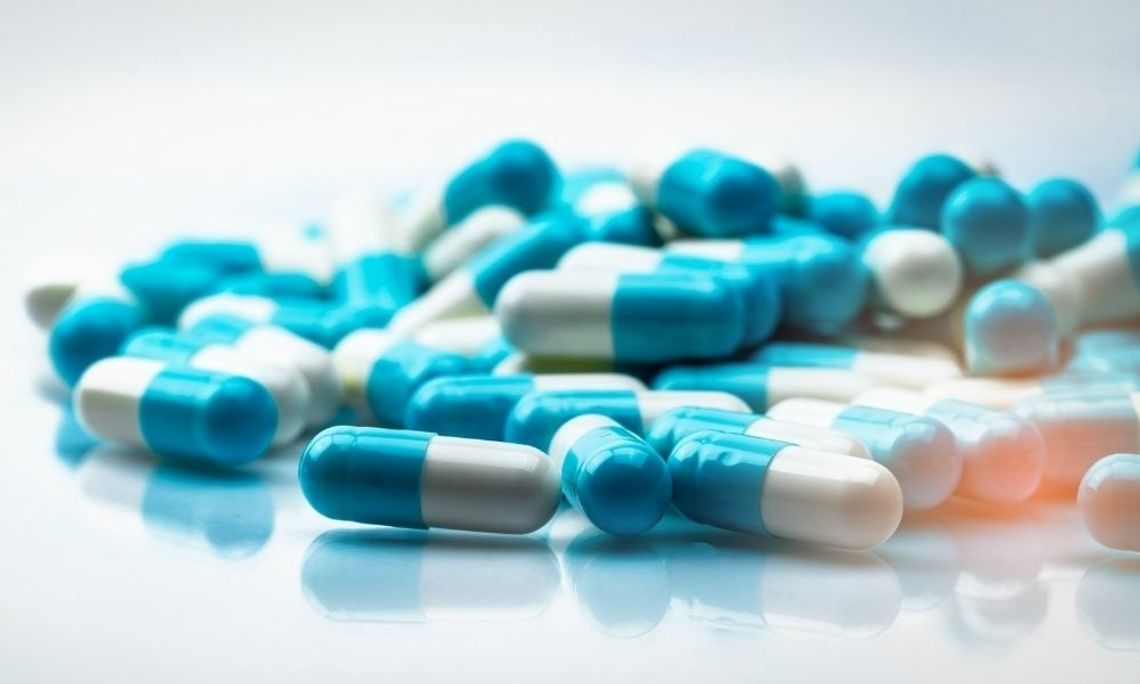Pharmaceutical production demands sanitary conditions and sanitary output. To ensure this, quality control departments extensively screen the products you use to make sure metals, fibers, plastics, and other unwanted particles don’t find their ways into pills. Here are some of the most common contaminants in pharmaceutical products and the ways manufacturers intercept those contaminants before the products reach shelves or your medicine cabinet.
Cellulose
Tiny cellulose fibers from cotton, paper, and other plant-derived products can make their way into the production process. Owing to the relative fragility of paper, paper particles can easily end up where they don’t belong. Light microscopy in quality control is adept at identifying these fibers and removing contaminated products from the process.
Silicone
Silicone is a highly versatile material that’s widespread in most manufacturing processes. However, as silicone products in machinery degrade over time, they become susceptible to wearing down and shedding particles, which can contaminate products. Silicone degrades under extreme heat and interacts with certain proteins, making it a health risk if it should infiltrate output. Infrared spectroscopy is the preferred means of identifying suspected silicone in pharmaceuticals.
Glass
As vials and other pieces of equipment crack, chip, and shatter, tiny but harmful glass particles can contaminate products. To avoid consumer ingestion of glass, manufacturers and quality controllers employ microscopy and spectroscopy to identify the presence of glass. Light microscopy is particularly suited for identifying glass as a contaminant due to the familiar way in which glass refracts light.
Skin
Even with proper protective equipment, the people who work in the manufacturing of pharmaceuticals can also contaminate the product. Dry skin that sloughs off the face or uncovered areas of the body can surface in manufacturing; quality control will identify and remove it using light microscopy.
Metals
The metallic implements of manufacturing can contaminate output after years of wear and tear. Metallic particles in pharmaceuticals are some of the most common contaminants in pharmaceutical products. This is a particularly unacceptable situation, but fortunately, it’s one that quality controllers can easily identify with the proper machinery.
Magnetic separators find use in pharmaceutical manufacturing, where powerful electromagnetics detect metals on the conveyor belt and sift out the contaminated units.


Comment
Comments